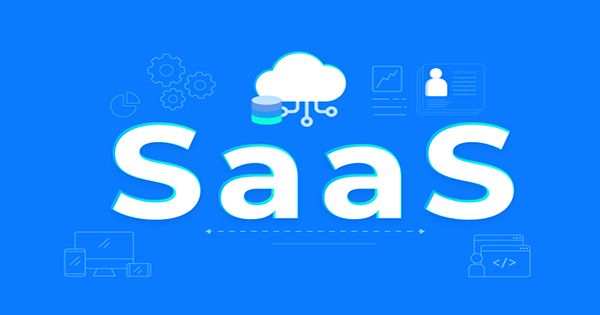Over the years, I have met hundreds of entrepreneurs, and the majority of them, particularly early-stage entrepreneurs, have one common go-to-market complaint: pricing. Traditional corporate software pricing approaches such as per-seat models are typically easier to figure out for hyperspecific applications, especially ones used by virtually the same individuals, such as Zoom or Slack. Startups that provide more complicated services or products, on the other hand, face a distinct set of challenges.
Most businesses struggle with the per-seat model because, unlike Zoom and Slack, their products are utilized in a variety of ways. Salesforce, for example, uses standard seat licenses and admin licenses – clients can choose reduced pricing for solutions with low-usage components — while other products are priced through yearly renewal negotiations. It does not matter if you have a powerful champion in the form of a CIO or a highly nice procurement manager if the price cannot be readily communicated and understood. Pricing that is complicated or ambiguous adds to the friction.
The buyer’s perspective and the value the product produces for them should be the focus of early pricing talks. It is critical for entrepreneurs to consider the production and outcome, as well as a figure they can defend to consumers in the future. Self-evaluation is difficult, to be sure, especially when you are asking someone else to compensate you for something you made. This procedure will take some time, so here are three suggestions to make it go more smoothly.
Pricing is not a one-size-fits-all activity. The corporate software industry is rife with intangibles, and a software product’s perceived value, quality, and user experience may all be very changeable. The price journey is long, and unlike what some entrepreneurs may believe, client acquisition is not the first stop. Instead, the first step is to ensure that you have a completely functional product.
If you are a late seed or Series A startup, you are focused on securing your first 10-20 customers and racking up some victories to show off to investors and board members. When your company grows to the point that the CEO is not the only one selling, you will need to work out your go-to-market strategy.
“We need to find out what pricing looks like, so let’s ask 50 hypothetical clients how much they would pay for a product like ours,” many businesses assume. Because the product has not been finished yet, I disagree with this approach. You have not sorted out product-market fit or message, but you want to put a lot of effort into pricing? Sure, money is vital, but instead of focusing on creating a tight pricing strategy, you should focus on developing a method to accumulating income.
















